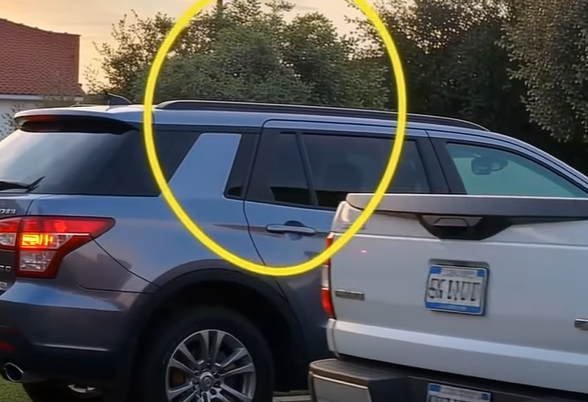Have you ever spotted a tall rod on a truck or RV and assumed it was a leftover CB radio antenna? These days, it often serves a more practical purpose: a modern cell-signal booster.
For drivers and travelers in areas with weak or unreliable coverage, these devices transform remote roads into connected routes, keeping people in touch no matter how far they roam.
Smartphones have small built-in antennas that work fine in cities and towns, but they often struggle in rural, wooded, or mountainous regions.
An external antenna mounted high on a vehicle helps bridge that gap. By capturing even faint signals from distant towers, it ensures better reception for those who spend long hours on the road.
The process is simple yet effective. The outside antenna collects a signal, which is then passed to an amplifier inside the vehicle. That signal is boosted and redistributed through a small indoor antenna, improving call clarity, faster loading maps, and more dependable messages. For anyone who relies on consistent connectivity, this setup can make a major difference.
Cell-signal boosters are used by a wide range of people—truck drivers, delivery workers, RV travelers, farmers, and campers alike. Many models today are compatible with LTE and 5G networks and can support multiple devices simultaneously. Though popular options like the weBoost Drive Reach or HiBoost Travel 3.0 may cost a few hundred dollars, many consider them a worthwhile investment. That tall pole on a truck isn’t just an accessory—it’s a gateway to smoother communication and peace of mind on the journey ahead.
